Hurricane Helene and Milton impacted the citizens of Northeast Ohio in the last few weeks.
Florida and many other surrounding states have been dealing with a high rate of hurricanes in the past few months.
Hurricane Helene made landfall on Sept. 24, 2024, and just over two weeks later on Oct. 9, 2024, Hurricane Milton made landfall, making the inhabitants of Florida cities unable to recover from the first storm before another one hit.
Both Milton and Helene caused unimaginable disasters not only in Florida but also in many other southern states, such as Tennessee and North Carolina. According to a climatologist at The University of South Carolina, Helene made landfall in Perry, Fla., as a category four storm and sustained winds of 140 mph.
Once the storm made its arrival though, everything that was once expected took a turn. Helene was projected to only hit the Florida area but as the storm surge worsened it traveled inland, causing mass amounts of destruction and panic due to its unexpected arrival in the area. The storm caused numerous cities in its path to lose power and water and left many stranded in their homes with nowhere and no way to evacuate.
Rich Berlin, Wadsworth High School’s Assistant Principal, spent a week in his house on a mountain in North Carolina near the hurricane’s arrival. He and his father-in-law were there in hopes to work on unfinished renovations to his house but unfortunately, once the storm arrived, they were unable to proceed and were stuck for two days with no power or water. They eventually got down the mountain but were unable to leave due to the surrounding streets being severely affected by the storm.
“We were allowed to leave down a one-way road where the other half had been severely damaged by the storm, but then when we got down to the town below us, we couldn’t get out of that town because the bridges were washed out,” Berlin said.
A restaurant near Berlin’s car park opened up to begin serving food and passing out bottles of water to those in the area. As the weather calmed down and the roads began getting cleared, Berlin finally made his exit and traveled back home. He took the day off on Monday after arriving home at Midnight on Sunday and was back at WHS starting on Tuesday morning.
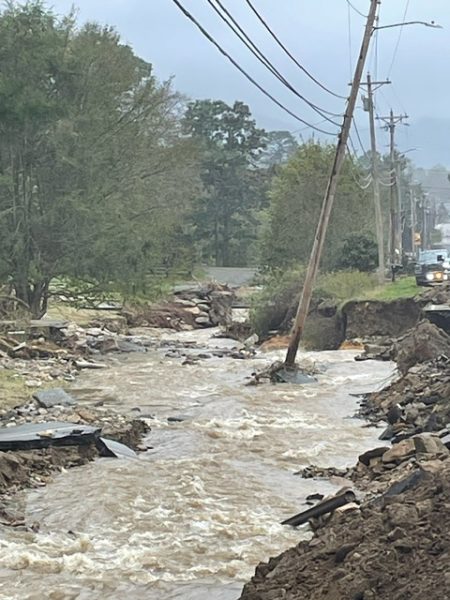
Soon after the catastrophes of Helene, word came out about a new hurricane on the way named Milton. Hurricane Milton was projected to be a category five with winds up to 165 mph about to strike the Florida area weeks after the devastation of Helene. This news caused panic in those who lived there and immediately the state was filled with chaos. Gas stations ran out of gas as people filled their cars, preparing to drive miles to safety, plane tickets rose to thousands of dollars and some entirely sold out. Those who flooded the highway were in stand-still traffic, traveling 60-plus miles in four hours and some Floridians were left with no choice but to floodproof their houses and wait out the storm.
Mackenzie Moore, a senior at Wadsworth High School, was in Jacksonville, Fla. on vacation, days before the hurricane began.
“It was chaotic,” Sells said. “We were all panicking but lucky we were Jacksonville so not much flooding. The power went out but we did have water. The wind was unbearable. You would step outside and nearly get blown away. It rained very hard for days. The waves were so strong. I didn’t expect the wind to be nearly as strong. It was scary how fast it could pull down a tree. We were prepared and decided to stay just because it would be so difficult to get out of the traffic. We had water and food and the windows had protection on them.”
First responders and emergency dispatchers in these states spent days on end trying to help and assist those in need and eventually neighboring states sent their first responders to assist and offer relief to them.
The Telecommunicator Emergency Response Taskforce, TERT, was sent to North Carolina to assist the safety forces who were overworked and exhausted from the rescue operations that were taking place.
Johnna Sells is the Franklin County 911 Coordinator/Homeland Security Regional Communications Coordinator in Columbus, OH. Her job as the coordinator has been in emergency communications for 20 years and she was on a mission that is currently deployed in North Carolina.
There have been a total of 26 personnel sent on the North Carolina mission following the devastating effects of Helene.
“Each deployment period is two weeks, so that time does not include travel and training,” Sells said. “All of our team is from Ohio, but come from agencies all over the state.”
“Our telecommunicators filled seats in the center, allowing their team to take time off to handle the disaster on a personal level,” Sells said.
Several of their staff members lost their homes and personal belongings in the storm and needed time to get personal help for the traumas they suffered with this event.
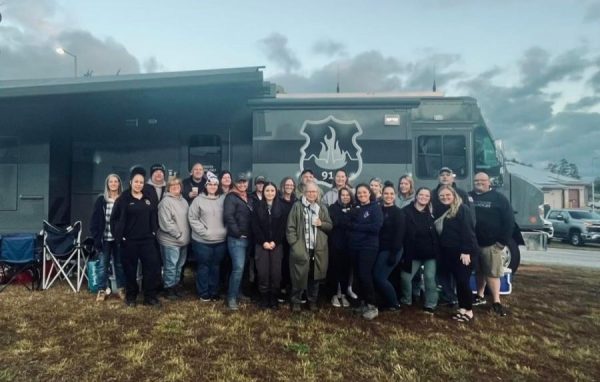
“In Western North Carolina, it felt like chaos from the start, “ Sells said. “After passing through layers of Geofenced WEA alarms [Wireless Emergency Alerts] warning us to ‘turn around’ for the final 50 miles of our convoy, it really set the town for the first part of the mission. There was no easy access to food or water, and there was little power and cell coverage. We knew this would likely be the case going in so we came ready to be self-sustaining. We brought our own food, water and generators. We bought a large military-style tent with A.C. and heat units and our team shared that space for over a week, until we were told it was time to move over to the FEMA Camp.”
Ohio TERT along with TERT teams from Kentucky, Nebraska, Virginia, and Georgia provided relief to the Buncombe County 911 Center as their dispatch for their law enforcement and fire departments.
In North Carolina, many radio towers were affected by the storms coming from Florida. This made it not only difficult to communicate but the people being dispatched had to communicate by direct channel much like the Walkie Talkie.
Along with communication, many of their convoys were also ones that could not be unpredictable.
One of their days there they had a predicted eight-hour convoy that turned into 12 due to the unbearable road quality from landslides or collapses along the route.
Aside from assisting in emergency dispatching, TERT helped collect and raise funds for the Bencombe 911 Staff and a church in the area that was providing for the community.
“We also collected donations for the Buncombe 911 staff, and raised funds for one of the churches that was assisting the public directly by providing hot meals and water, “ Sells said. “The Georgetown Baptist Church was an amazing asset to the First Responders, allowing us to shower and use their laundry facilities. I can tell you after five days without access to running water, a shower is worth celebrating. We raised over 6,500 dollars to local residents.”
The TERT team was the last team to depart on October 30, 2024.
“Many other disaster response teams will remain for quite a while yet. We have heard they may need a relief/ response presence for as much as a year post-disaster,” Sells said.
Western North Carolina is still without water but cell power is greatly restored and most restaurants remain closed but grocery stores are opened back up with limited capacity.
Along with North Carolina, Florida and other affected states are in the process of getting back to normal life and many businesses and structures are working on their rebuild.


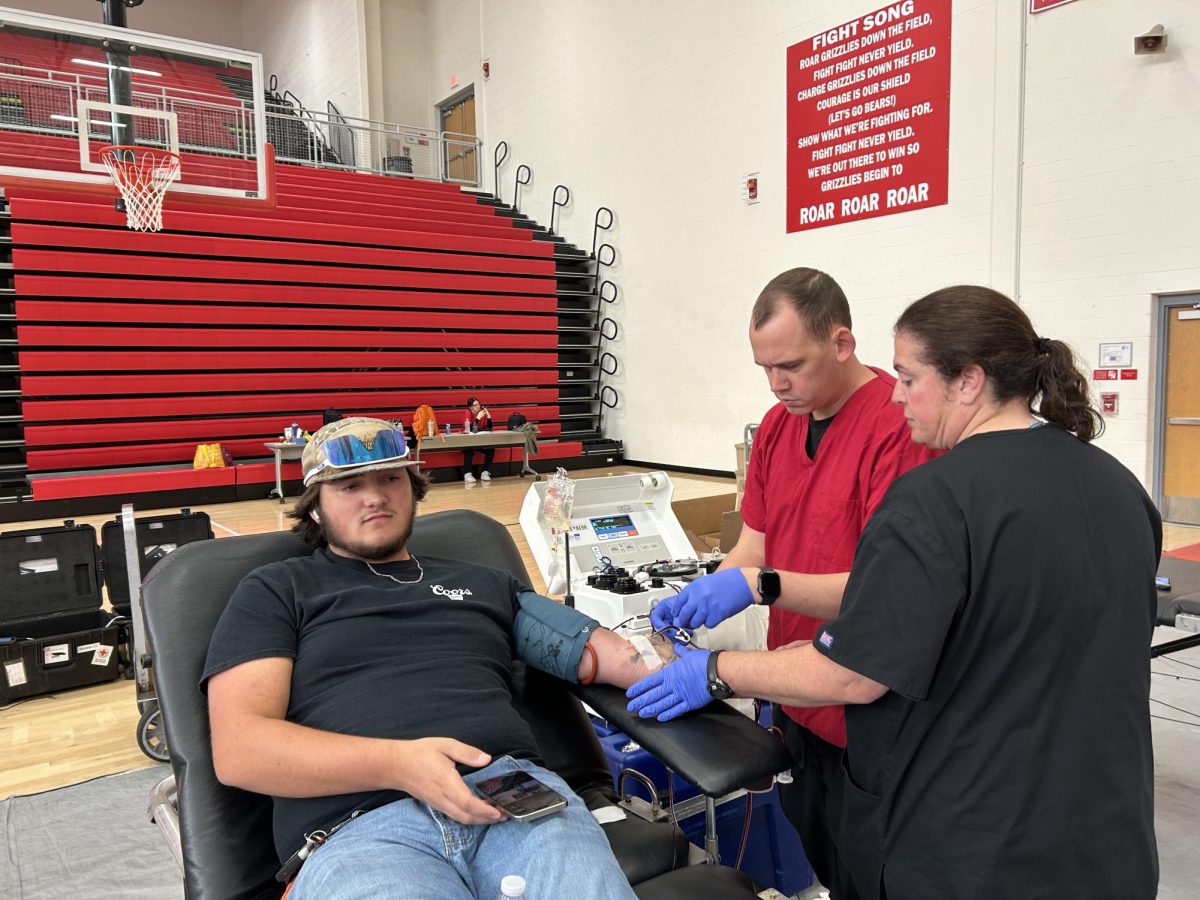

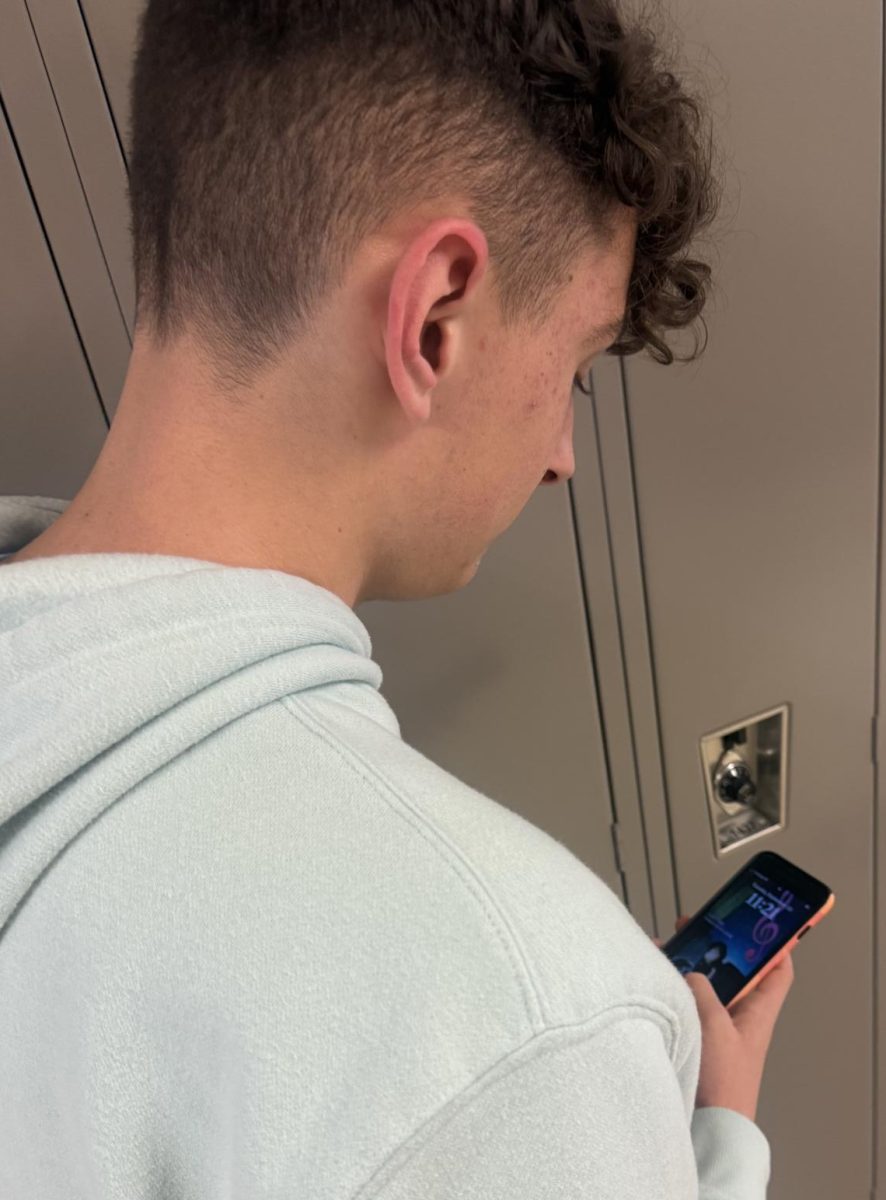




























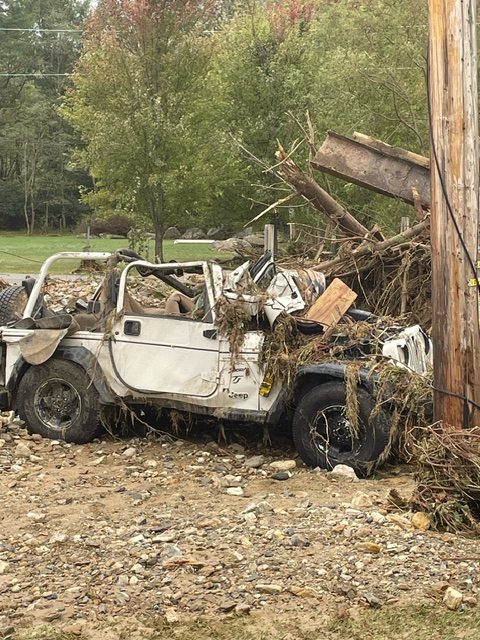
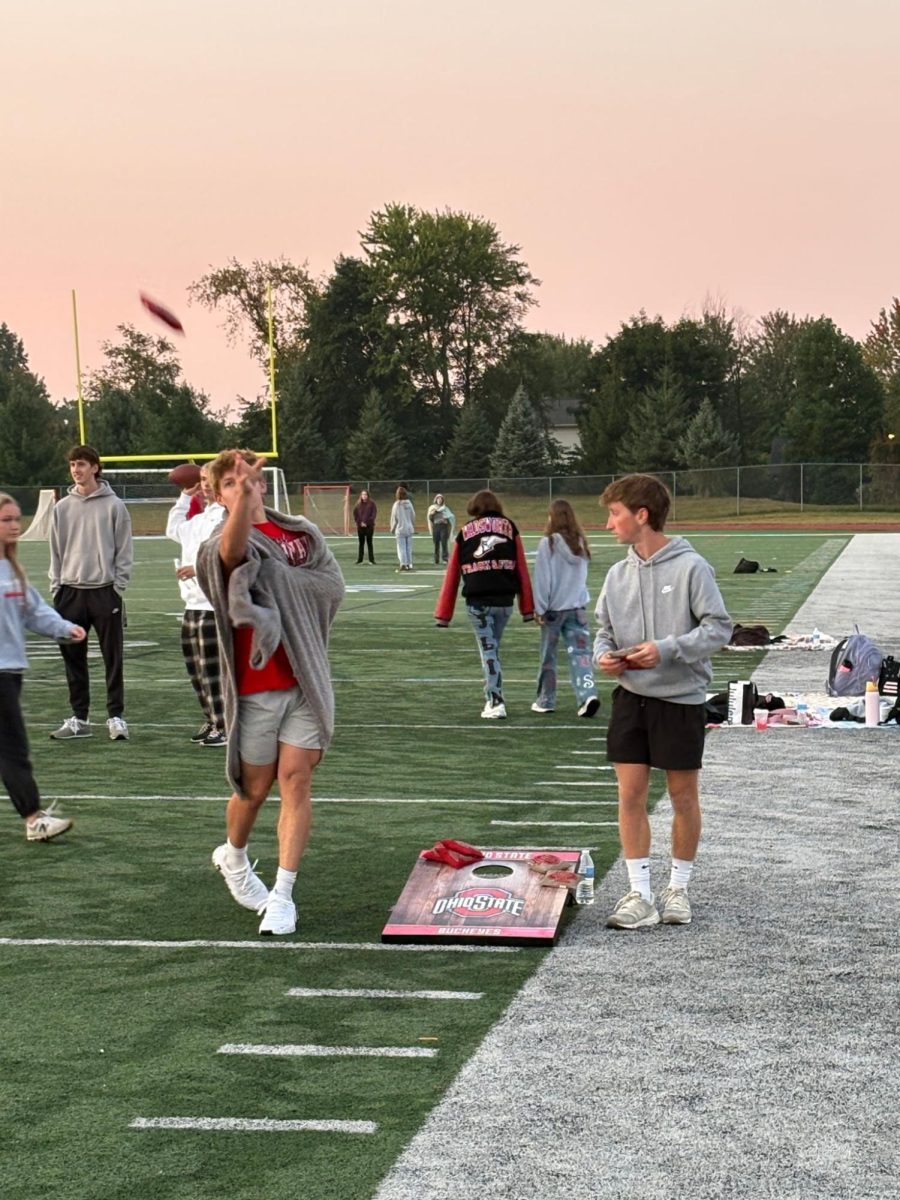


![Wadsworth's Class Of 2025 Walks At Graduation Ceremony [Photo Gallery]](https://wadsworthbruin.com/wp-content/uploads/2025/05/IMG_9018-1-1200x800.jpg)


